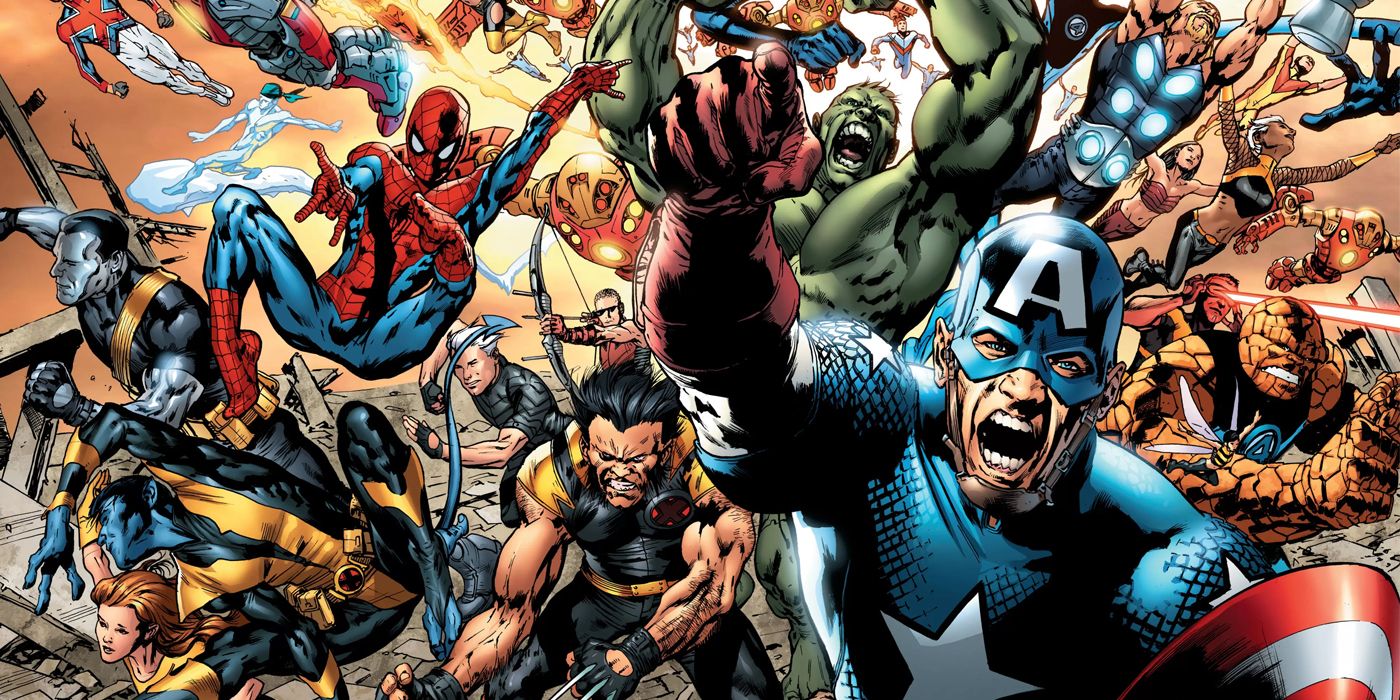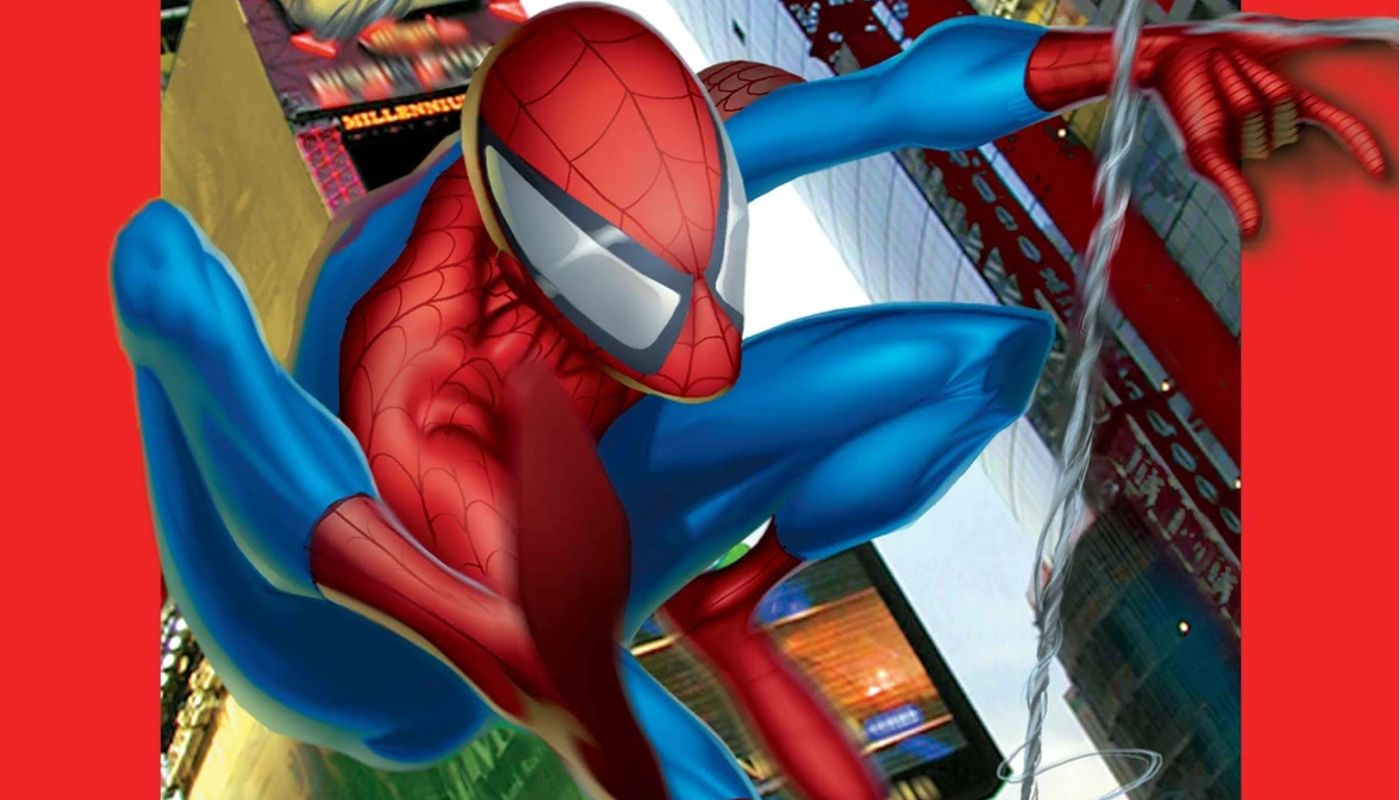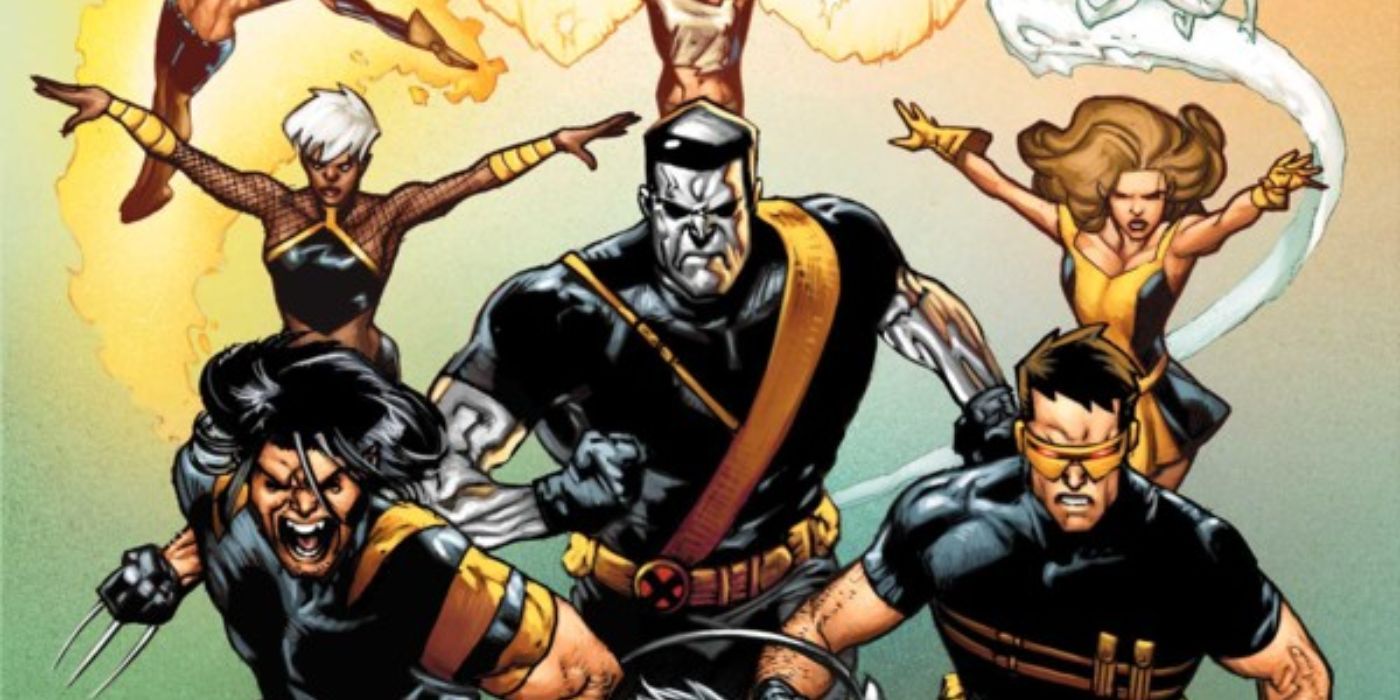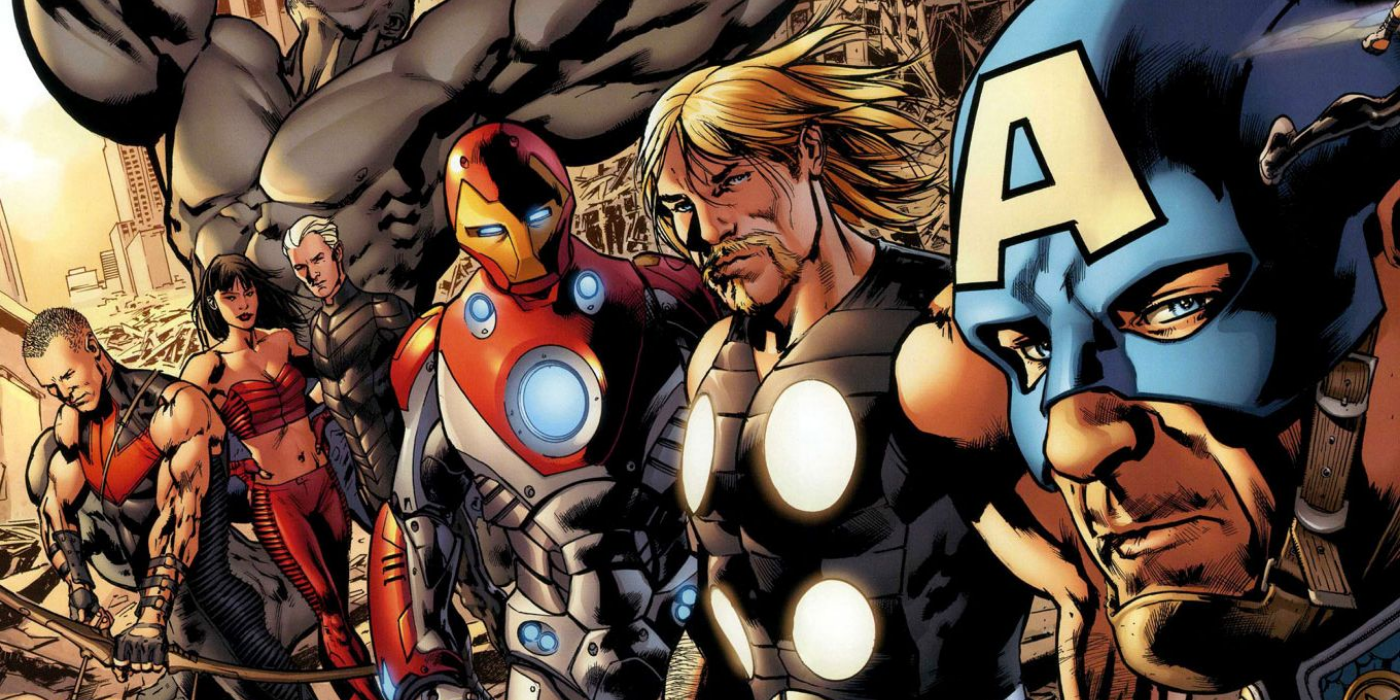Marvel's Ultimate Invasion is bringing back the Ultimate Universe, an imprint following heroes from an alternate world. Beginning in the early 2000s, the Ultimate Comics imprint was one of the Marvel Comics' biggest success stories. Besides bringing in an impressive amount of profit, it reinterpreted classic Marvel heroes.
By changing key elements, the Ultimate comics updated and modernized classic Spider-Man and X-Men stories. In other cases, they shook up the team rosters. This made the Avengers and Fantastic Four more marketable for the new generation. By emphasizing the properties' core elements, downplaying other ingredients, and trimming the thematic/narrative fat, the Ultimate Universe made Marvel heroes of the 1960s feel right at home in the 2000s.
Ultimate Spider-Man Was Spidey's Most Modern Interpretation Yet
Written by Brian Michael Bendis and primarily drawn by Mark Bagley, Ultimate Spider-Man became the greatest triumph of the Ultimate Universe. Of all the new versions introduced through the Ultimate Universe, Ultimate Spidey felt modern and familiar all at once. Taking core beats from Stan Lee/Steve Ditko run on The Amazing Spider-Man — like Peter Parker's sense of responsibility — the comics rearranged parts of his story. These stories were largely decompressed, taking stories that had originally been single issues and exploring them over several. Aunt May and Uncle Ben didn't feel as out of touch as they sometimes appeared in the classic. Aunt May was even tech-savvy. These changes resembled what John Byrne had done with Jonathan and Martha Kent during his 1986 Man of Steel series that rebooted DC's Superman. Ironically, Ultimate Spider-Man was a far more successful version of Byrne's Spider-Man: Chapter One, which attempted the same things.
Ultimate Spider-Man changed how Spidey's villains and supporting cast were handled. Mary Jane Watson and Harry Osborn were introduced from the start, and MJ received more attention than Gwen Stacy. The Ultimate Spider-Man comics took Flash Thompson's traits and split them between two characters: the new Flash Thompson and original character Kenny "Kong" McFarlane. Peter's relationship with his deceased parents became a bigger focus, and some villains received visual and narrative overhauls. For instance, Green Goblin became a monstrous form that Norman Osborn literally mutated into. These changes kept things fresh, but all in all, Spidey was easily recognizable for fans young and old. Along with J. Michael Straczynski's run on the mainstream Spider-Man comics, it helped to rehabilitate the hero's image following some of the controversial decisions such as "The Clone Saga" from the 1990s.
Ultimate X-Men Discarded the Mutants' Most Unnecessary Elements
The X-Men were just as popular as Spider-Man going into the 2000s, if not more so. Nevertheless, Ultimate X-Men changed a few things in their formula, making the X-Men even better than before. The superheroic side of the franchise was pushed a bit to the sidelines. Instead, the prejudice mutants faced on a daily basis took center stage. Much of this stemmed from the face writer Mark Millar was more familiar with the movie version of the X-Men. As a result, the team's colorful costumes were exchanged for leather-laden suits evocative of the films. This was further reflected in the X-Men villains. Magneto and his Brotherhood of Mutants became more genocidal, as the human-created Sentinels received more time in the spotlight. At the same time, more outrageous antagonists like the demonic Belasco or the prehistoric Sauron were nowhere to be found. The same went for any other magical, paranormal, or alien elements.
In this world, the Shi'ar weren't a group of aliens, but a UFO cult who believed Jean Grey was a manifestation of their god, the Phoenix. Somewhat outlandish characters like Apocalypse and Mr. Sinister still resembled their mainstream counterparts where it counted, but were similarly reimagined to fit the Ultimate Universe's new, edgier tone. The group was still mostly composed of teenagers, but the brutish (and goatee-wearing) Wolverine also joined, initially as a double agent for Magneto. This led to tension, drama, and action-packed storytelling. The Ultimate X-Men comics quickly became the most popular titles at Marvel Comics during the time, even outselling X-Men books in the mainstream continuity.
The Ultimate Universe Actually Made the Avengers and the Fantastic Four Cool
During the 1980s and especially the 1990s, the Avengers and the Fantastic Four were in dire straits. Far less popular than Spidey or the X-Men, Earth's Mightiest Heroes felt like second-stringers in the Marvel Universe. Many of the Avengers had never enjoyed standout comic books runs along the lines of Chris Claremont's Uncanny X-Men or even Daredevil from contentious writer/artist Frank Miller. The Peter David Incredible Hulk and the Walt Simonson Thor runs were some exceptions, but even they couldn't maintain the characters' popularity enough to stave off the controversial "Heroes Reborn" relaunch. The Ultimate Universe changed this by letting the Avengers take center stage, though it involved a name change.
The Avengers became The Ultimates, and if the X-Men were dysfunctional, the Ultimates were far more belligerent. Their comics from Mark Millar and Bryan Hitch reveled in being edgy. Even the stand-up hero Captain America was portrayed in a darker light. A gruff individual who questioned some of the modern world's changes, Steve Rogers was far from a squeaky-clean boy scout. Iron Man's origins were changed entirely, showing just how expendable these characters' previous mythology was. The Ultimate Universe downplayed magic elements as a whole — leading some characters to think Thor was confused by delusions of being a god. Magic, cosmic concepts, and characters like Captain Marvel were de-emphasized. Wasp and Ant-Man's marriage was rockier than ever, making Hank Pym truly abusive . Nick Fury was depicted as a Black man designed to look like actor Samuel L. Jackson, which influenced Marvel's decision to cast him as Nick Fury in the Marvel Cinematic Universe.
The Ultimate Universe made similar changes to the Fantastic Four, who were younger in this universe. They were exploratory "science heroes" more so than superheroes, and their stories felt in line with Doctor Who or other science fiction television. Add in the cinematic aesthetic given to these characters' comics, and it was clear that readers weren't in for an adventure straight out of the 1960s. Instead, these new comics and the characters starring in them felt modern and fresh, ensuring that a new generation could relate to them. Since then, elements from the Ultimate Universe have influenced other takes on the Marvel heroes. Despite how contentious the Ultimate Universe has become, it's inarguably as valid as the Silver Age comics.




